Mining rush brings hope, dread to Upper Peninsula, amid historic energy shift

- The transition to electric energy requires lots of nickel and copper, which are abundant in the western Upper Peninsula
- Prospectors seek to expand mining in the area that has struggled since the industry went bust decades ago
- Foes fear history is repeating itself and worry about environmental waste, harms to tourism
MARQUETTE COUNTY — The promise of riches is luring another rush of prospectors to remote corners of the Upper Peninsula, sending heavy machinery into the deep woods.
Crews with the Canadian Talon Metals Corp. have worked around-the-clock since June in the forests between Marqeutte and the Keweenaw Peninsula, using a diamond drill to unearth billion-year-old rock cores up from hundreds and thousands of feet deep.
Last week, they announced a major discovery: Their very first bore hole revealed the telltale shimmer of copper and nickel sulfide ore — rocks that could potentially be mined, crushed and purified to make electric vehicle batteries, wind turbines and other technologies of the energy transition.
“It’s fantastic,” said Talon’s general manager of exploration Steve Hovis. While more investigation is needed, “we’re hoping it’s just the tip of the iceberg.”

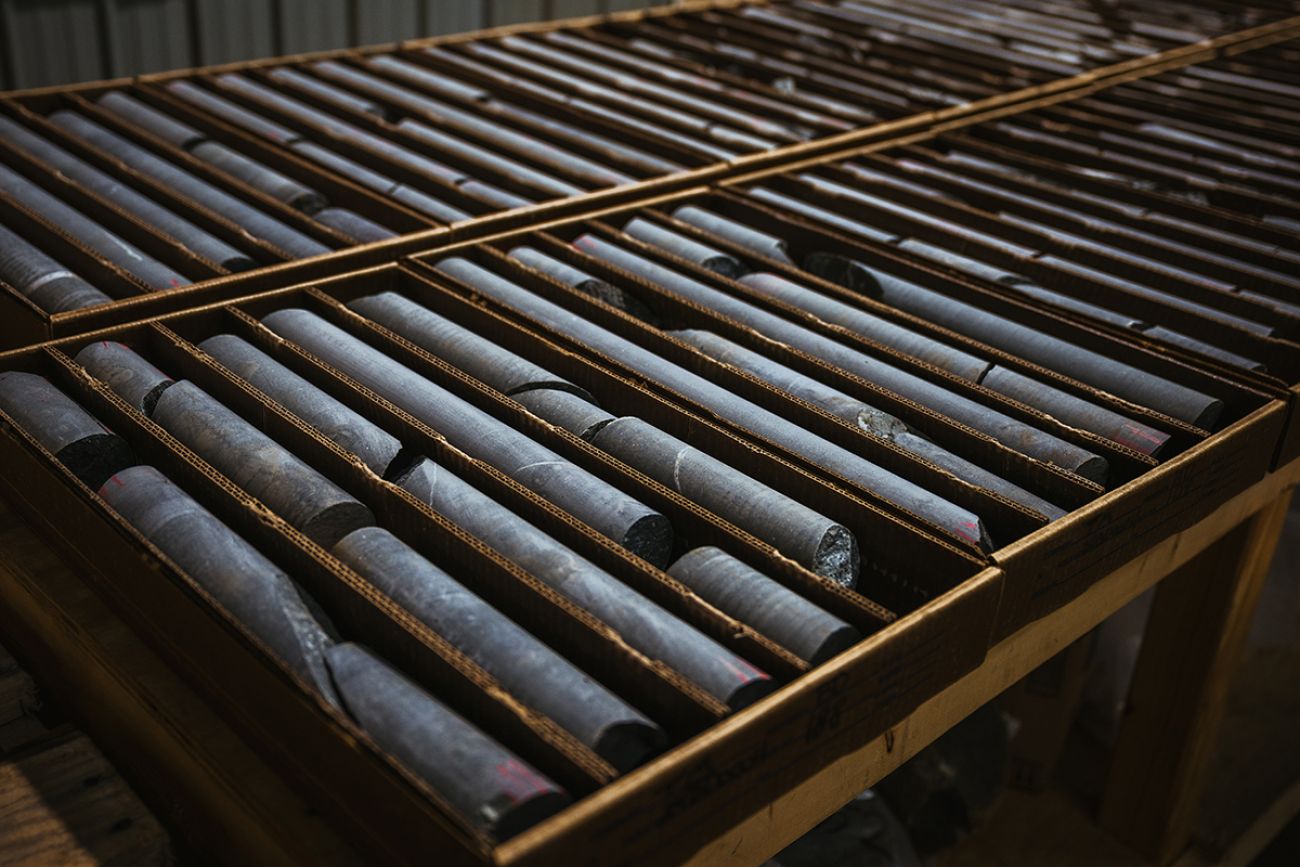
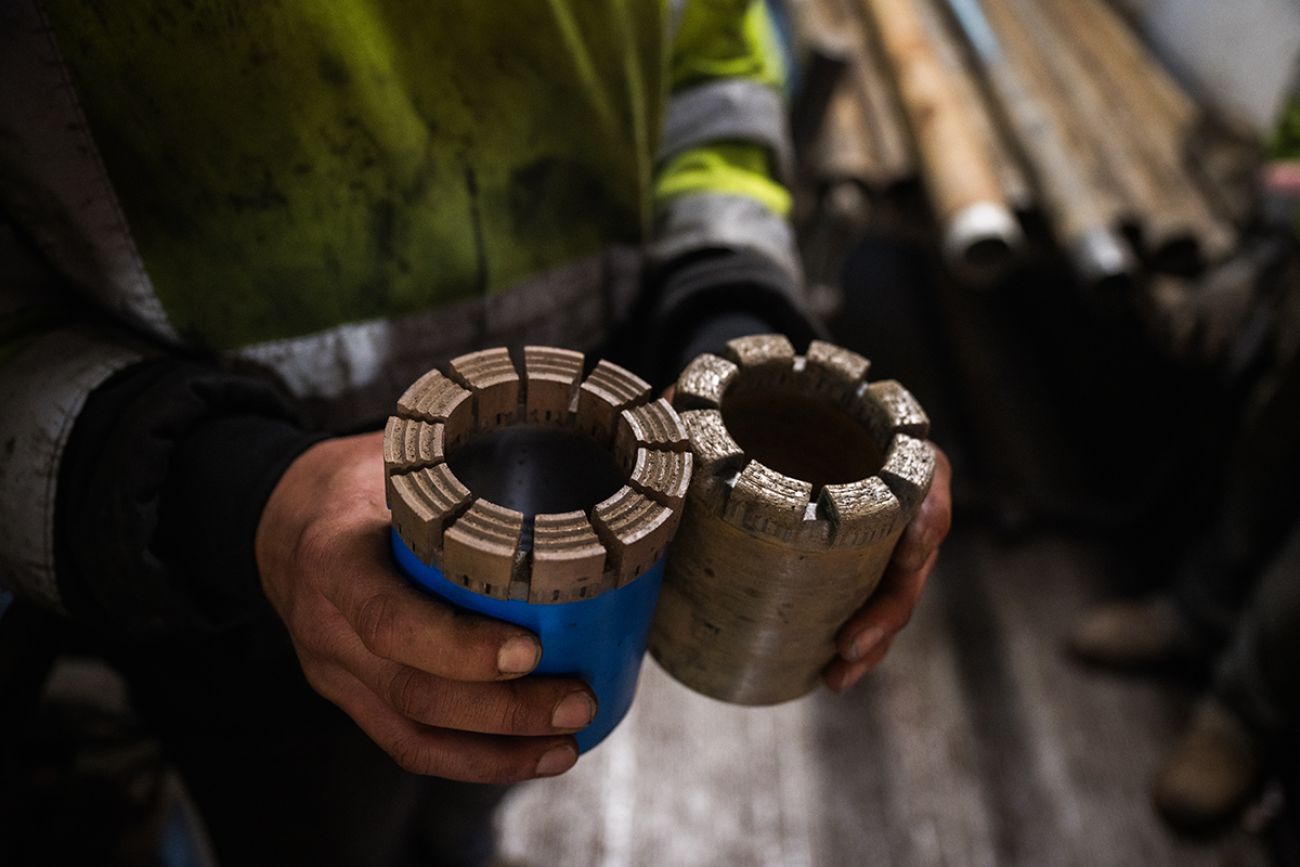
They’re not alone.
Westward near the Porcupine Mountains, one company hopes to dig a new mine and revive an old one that’s been closed for three decades. Another firm inked a deal last year to explore for nickel, copper and other metals on 260 square miles in the western UP. And across more than 1,700 square miles — an area bigger than Macomb, Wayne and Monroe counties combined — a former timber investment company has sold off its forests to focus on the minerals business.
For better or worse, the mining rush is back in the western Upper Peninsula. Michigan was once home to 200 mines and produced 95% of the copper used in the United States. Now, only two mines remain in the UP, leaving town after town with shrinking populations no longer robust enough to keep schools, stores and hospitals going.
The latest interest comes from the global push to “electrify everything” to fight climate change, a transition that will require lots of copper and nickel for EV batteries and other equipment. Both minerals are abundant in the ancient magma deposits that helped form the western UP.
Demand is expected to double in the next 10 to 15 years.
“If you live here, it’s a roller coaster ride all the time,” said Bruce Johanson, an Ontonagon historian.
Related:
- Michigan's electric energy future could be wasting away in a junk drawer
- Researchers say a copper shortage could imperil Michigan’s EV future
- Michigan approves $50M for Upper Peninsula copper mine — but with conditions
- A slow-moving ‘disaster’ is threatening Lake Superior and way of life
But with demand surging and the government opening its wallet to subsidize domestic mining, “I have no doubt (new mine development is) going to happen.”
Otto Dickow, 77, a former miner who lives in the onetime boomtown of White Pine, welcomes the return.
“People would start coming in here and building homes, and there'd be children around and all that,” he said. “It would mean a lot.”
But the push to expand mining is a nightmare waiting to happen to Kathleen Heideman, who sometimes hears pounding in the woods from her off-grid cabin on a nature preserve near the headwaters of the Yellow Dog River.
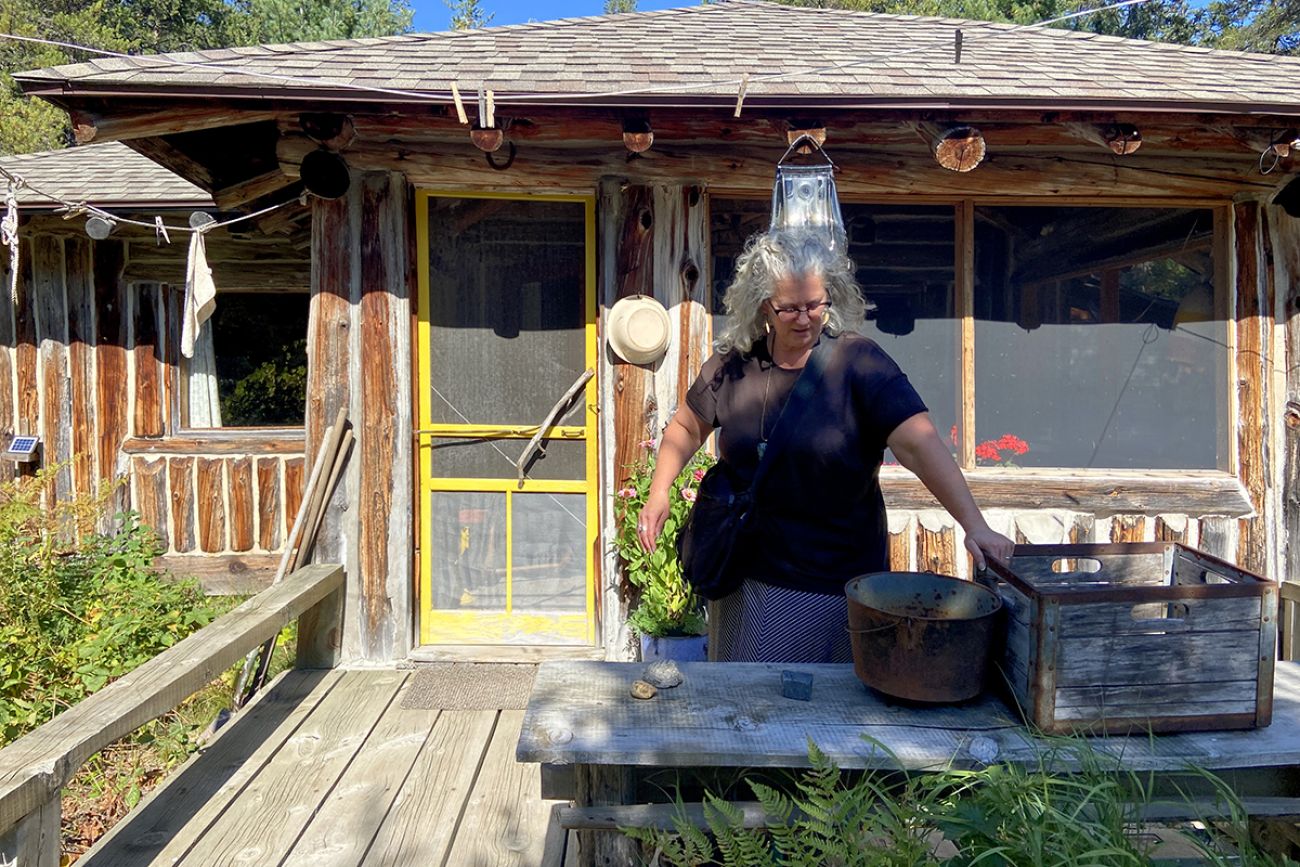


“The legacy of mining for the UP is million- and billion-dollar cleanup projects everywhere you look,” said Heideman, who leads an opposition movement called the Mining Action Group.
“I don’t want to see us just being an enormous sacrifice zone for the needs of, not just the US, but the world.”
From boom to bust
The UP’s mining legacy reaches back thousands of years.
In the continent’s earliest known example of metalworking, Native Americans began fashioning copper tools, jewelry and weapons at least 8,000 years ago from shallow deposits in the Keweenaw Peninsula. Settlers arrived in the 1600s and later set up industrial-scale mines, eventually targeting both copper and iron.
Waves of immigrants came to work underground, living in communities named after the local commodity. Copper Harbor, Iron Mountain, Silver City.
Upper Peninsula ore went into the brass buttons on Civil War soldiers’ uniforms, the copper wires that transmitted telegrams and built the nation’s electrical grid, the tanks that helped win World War II and the automobiles that made Michigan a manufacturing juggernaut.
“Sadly enough,” Johanson said, “Our copper is never worth more than when there’s a big conflict taking place somewhere.”
By the mid 20th century, about 50,000 people worked in mining in Michigan, said Nathan Manser, a professor of geological and mining sciences at Michigan Technological University in Houghton.
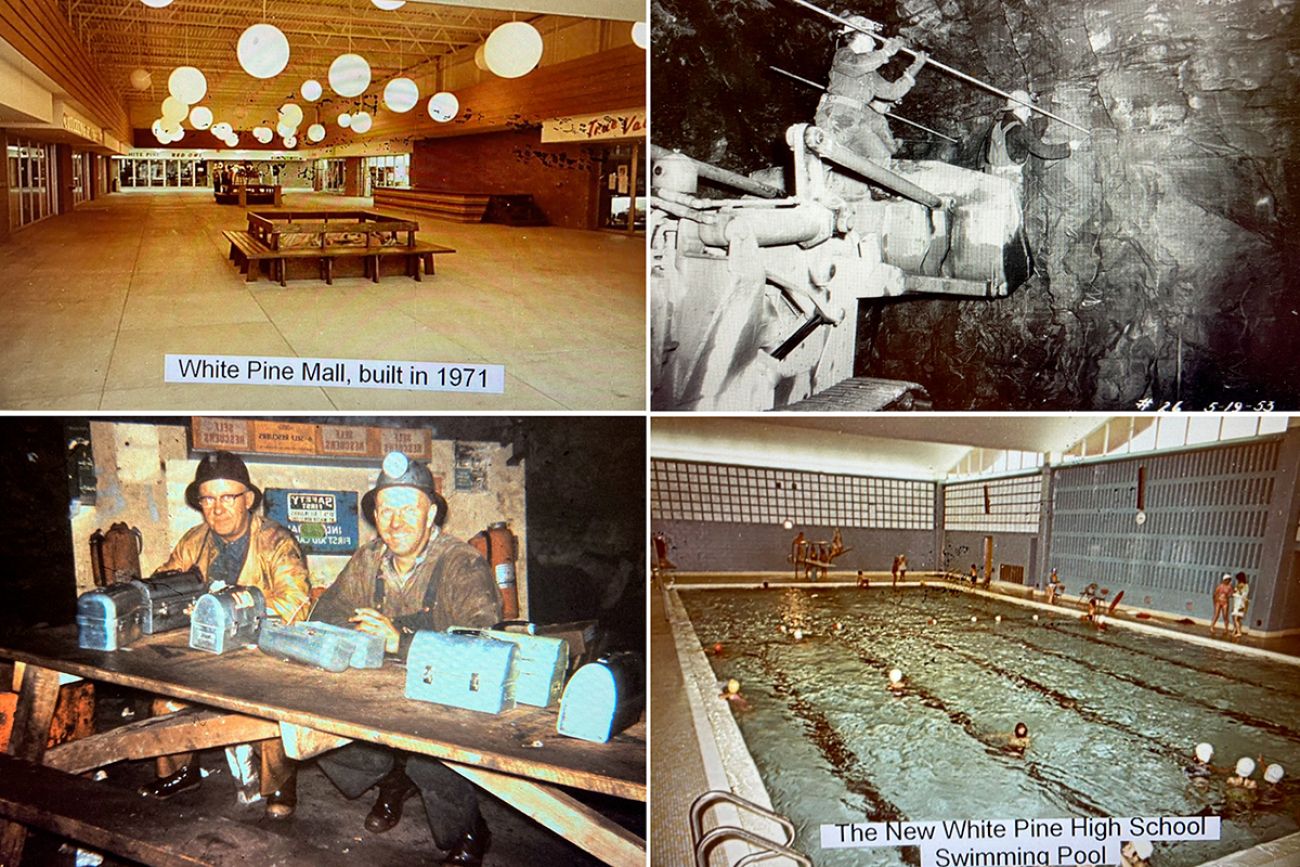
Among them was John Doyle, who spent two decades descending into Ontonagon County’s White Pine copper mine with 3,000 coworkers. Like the mining push of today, the federal government helped finance White Pine amid fears of being too reliant on other countries for “the scarcest of vital metals.”
Come payday, “you’d have a hard time finding a place to park downtown,” said Doyle, 85.
The county seat of Ontonagon had an A&W and a Dairy Queen, a theater, several new car dealerships and four main grocery stories. There were seven high schools in the county, including one with a glimmering pool at the company town adjacent to the mine, also named White Pine.

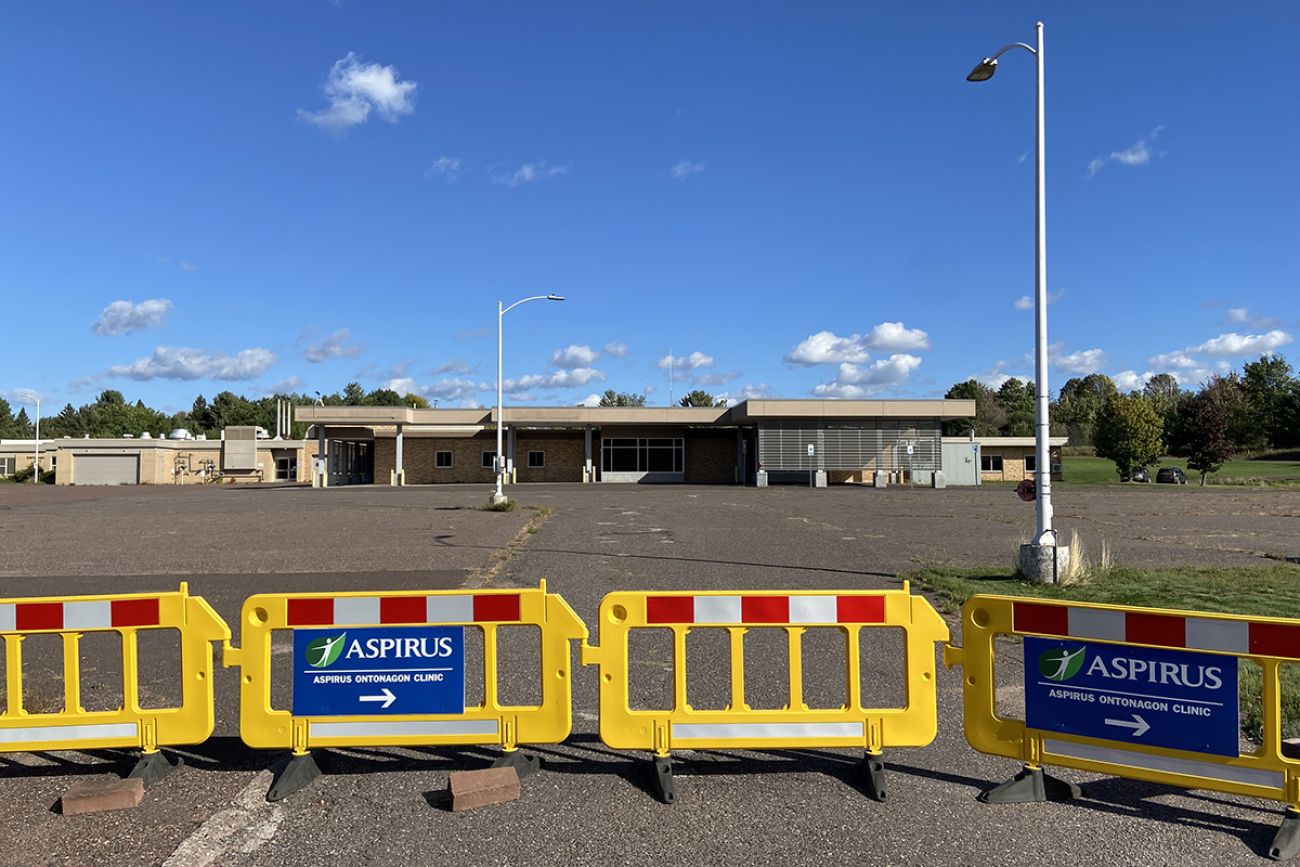
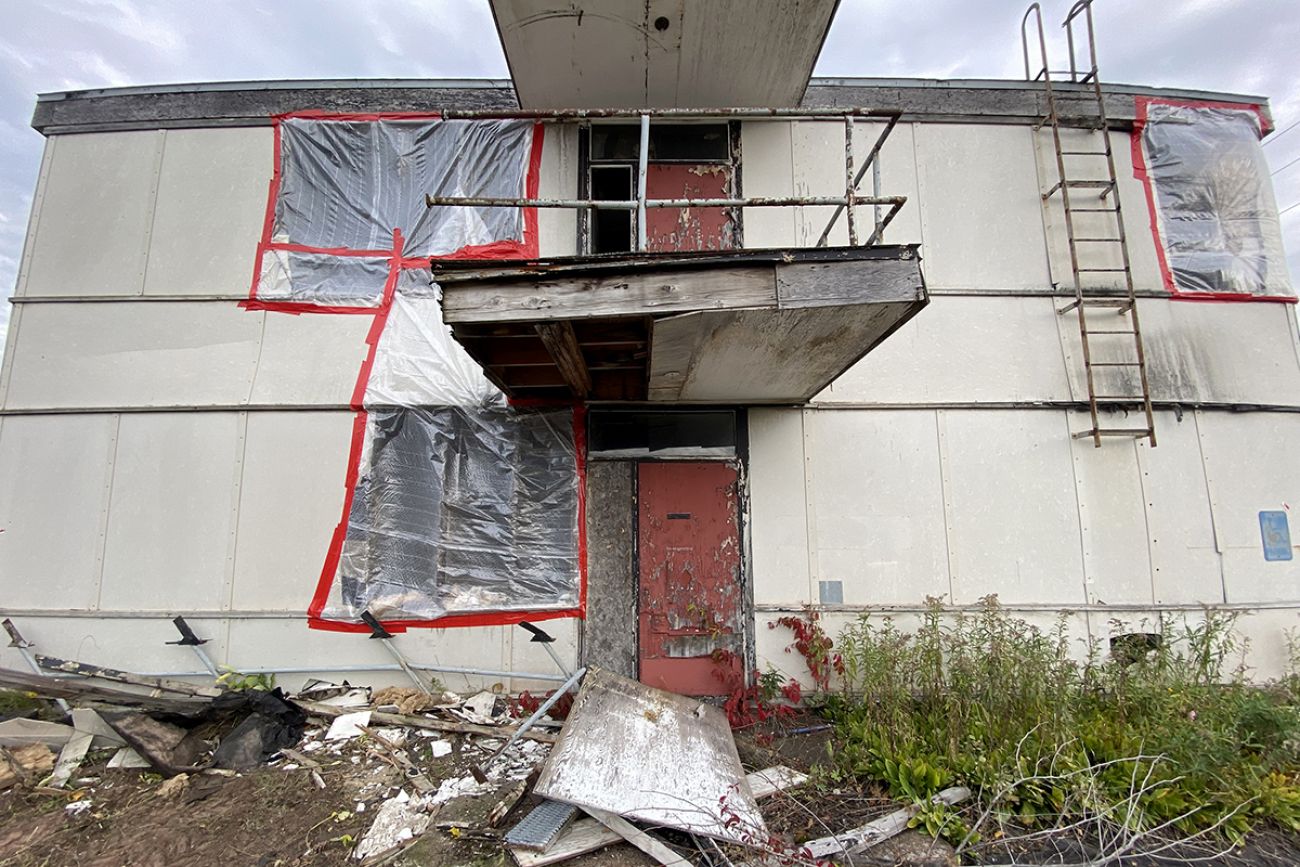
Then came the bust. After years of downsizing, White Pine closed in 1997. Several decades-worth of ore remained underground, but lower copper prices had made mining it unprofitable.
Ontonagon County’s population has fallen by half since the 1970s, to 5,900 people.
The A&W and theater are long gone. The local hospital closed in April, so residents must travel 48 miles to Baraga for an emergency room. In the company town of White Pine, demolition crews spent a recent afternoon tearing down buildings that once housed miners and their families.
Related:
- Activist: Don’t repeat history. Mines won’t save Upper Peninsula or climate
- Retiree: Mining brought good life. Revival would help young Michigan families
- Mining is back in Michigan’s Upper Peninsula. Here’s how it works
Dickow, the retired miner, estimates there are “maybe 15” kids in town.
“That may be stretching it,” he acknowledged.
While the mining companies may have left, their aftermath remains.
Before modern environmental laws, companies dumped rock that didn’t contain valuable minerals into rivers and lakes, where these “stamp sands” leeched toxic metals and chemicals into the water.
Previous mining operations have also caused the ground to subside in parts of the UP.

“Virtually every community has a stamp sand pile,” said Dione Price, an environmental health manager with the Keweenaw Bay Indian Community who spends her days working on cleanup plans.
“We look at that as mining is still happening.”
A new bonanza?
Across the entire UP, only the Eagle nickel mine and Tilden iron mine are operating today, both in Marquette County.
But demand for critical metals to fuel the energy transition could soon bring about a new mining renaissance.
“The energy transition, in a lot of ways, has put the Upper Peninsula back on the map,” said Manser, the Michigan Tech professor.
After decades of ignoring scientists’ warnings that burning fossil fuels is destabilizing the earth’s climate, governments and industry are playing catch-up, swapping “dirty energy” like gas cars and coal plants for electric vehicles and solar farms connected to battery storage systems.
Those batteries will require more minerals like lithium, cobalt, nickel and copper than are currently mined in the United States (EV batteries use six times more minerals than gas cars), prompting the federal government to label them as “critical” to the national economy and security.
The US now depends on other countries to mine them, including China. So the federal government has poured billions into expanding critical minerals mining, in part to help Michigan automakers compete in the global electric vehicle market.
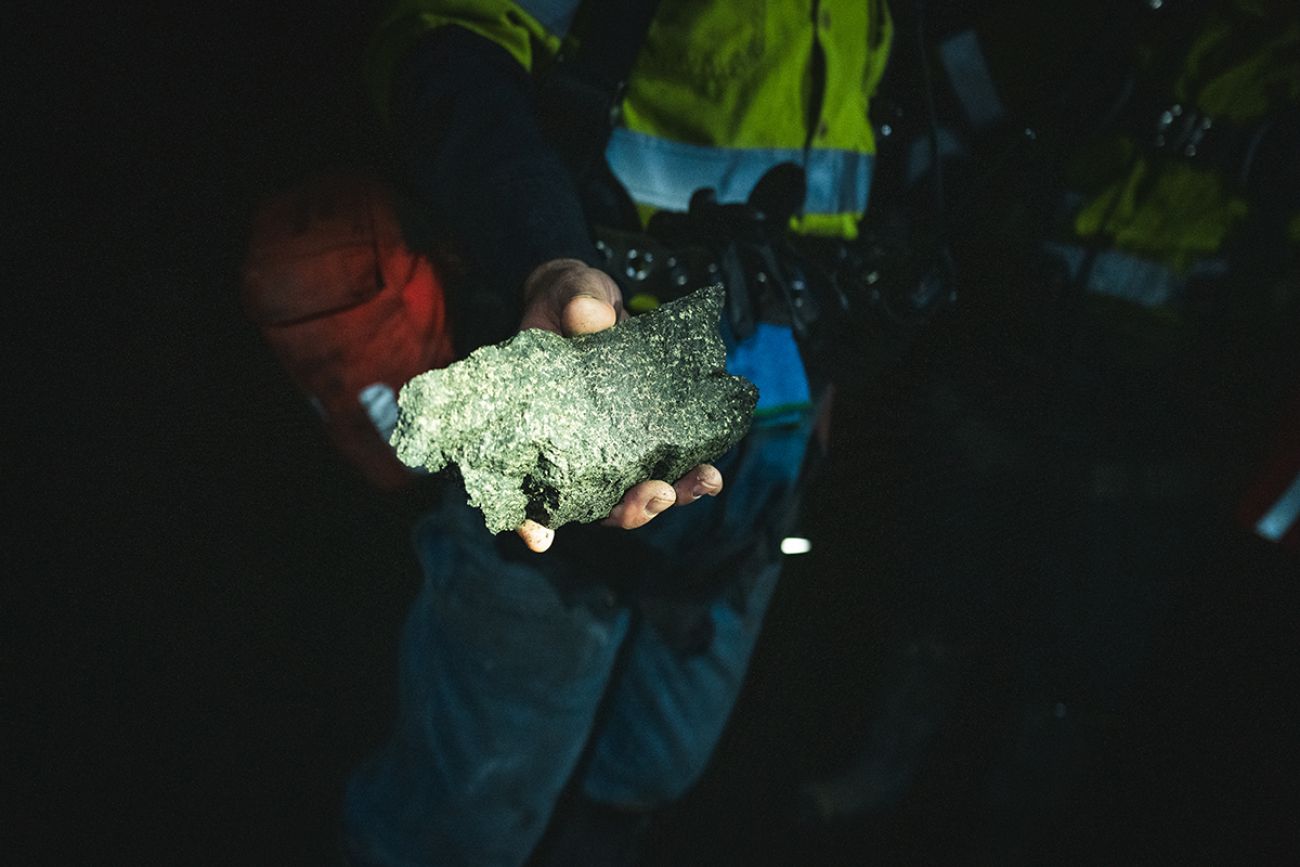
Already, the UP is home to the nation’s only nickel mine. Lundin Mining Co.’s Eagle Mine opened in 2014 and is slated to close in 2029 after producing 220,000 tons of nickel and 214,500 tons of copper.
All of it is shipped to Canada for smelting, then sold globally.
“We don't have smelters and refineries available to us in the US, because there has been a lack of mining investment since the mid-1980s,” said Eagle Mine spokesperson Matt Johnson. “So we have a lot of catch-up to do.”
Last year, the Michigan Department of Natural Resources gave private companies the exclusive right to explore 36,521 acres of state-owned mineral rights — a ninefold increase over the yearly average in the past decade.
The Department of Defense has committed $20.6 million to support Talon Metals’ exploration in Michigan and Minnesota.
And the Michigan Strategic Fund Board has conditionally approved $50 million for Highland Copper’s proposed Copperwood mine in Gogebic County, just west of the Porcupine Mountains.
In partnership with Australian mining giant Kinterra, Highland also hopes to revive mining at White Pine on the east side of the Porkies.
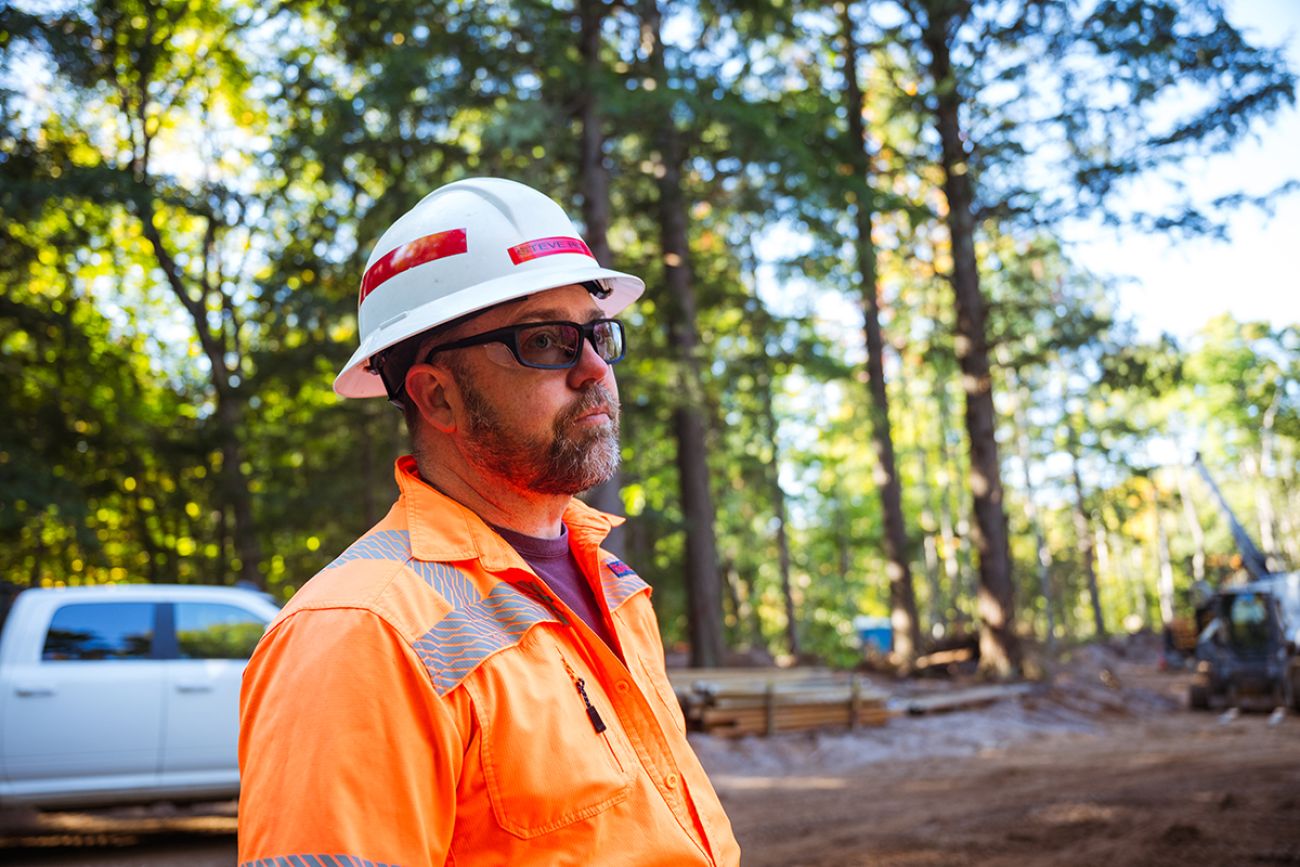
For other companies that hope to identify new mineral deposits in the UP, there’s no guarantee of finding enough ore to justify the hundreds of millions of dollars it takes to establish a mine.
But Talon’s discovery is promising.
The geological rift that centers on the upper Great Lakes — where the continent ripped apart 1.1 billion years ago and magma poured into the crevices — is “far and away” the most promising place to look for nickel and copper, said Hovis, the company’s exploration chief.
“The fact that we were able to drill 99 meters of nickel and copper in the first hole is…fantastic, unusual, the needle in a haystack.”
A familiar debate
Proponents of the mining push hope in addition to addressing a national concern, it could bring badly-needed commerce to the western UP.
“This whole town is here because of mining,” said Kristi Sordahl, 42, of Wakefield. “We’ve basically been in a recession ever since the mines closed.”
More than 20 public bodies in Gogebic and Ontonagon counties have passed resolutions supporting the Copperwood project, which developers promise will bring 380 direct jobs paying between $80,000 and $120,000 — well above the area median income — during its 11-year lifespan.
The leaders of local businesses, hospitals and schools submitted form letters to state economic development officials, saying the proposed mine would “accelerate our return to a thriving area.”
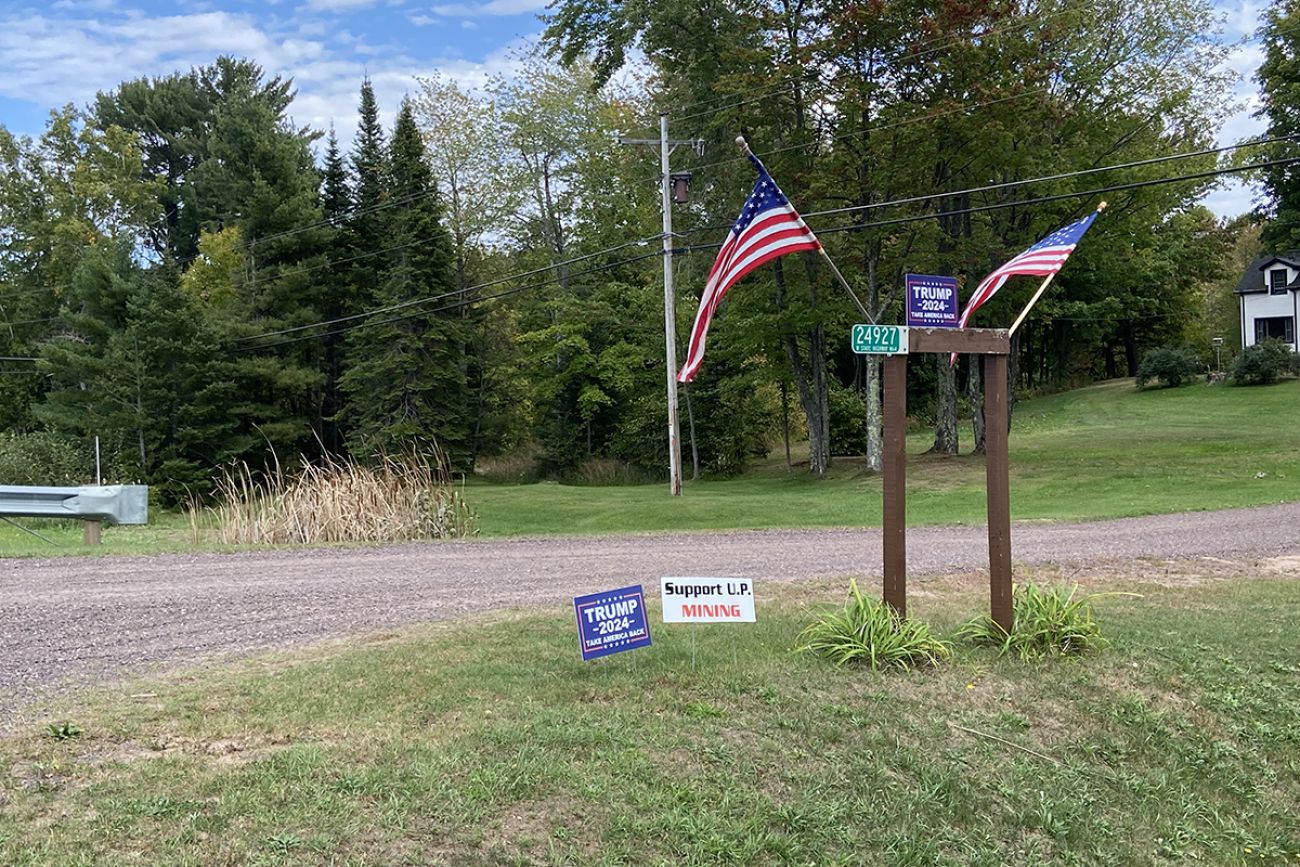
It would be a “long-awaited, much needed opportunity for the community and the region,” allowing young people to stay home for the first time in a generation, said Marty Fittante, CEO of the regional economic development organization InvestUP.
“We cannot afford to lose any more of our children,” he added.
But some contend the temporary benefits of new mines are not worth the potential environmental and economic tradeoffs.

To illustrate his concerns, Tom Grotewohl takes visitors on a drive along County Highway 519 on the west side of the Porcupine Mountains, a 60,000-acre wilderness of old growth trees, cascading waterfalls, towering cliffs and pristine Lake Superior beaches.
The tour starts at a trailhead for the North Country Trail, a hiking route traversing eight states. Up the road, a “no trespassing” sign warns visitors off the property where Highland Copper has re-routed streams to prepare for mine construction. Just past that is the park entrance.
There is no good place for a mine, said Grotewohl, who founded an opposition group called Protect the Porkies. But “this place is at the bottom of anyone’s list.”
Highland hopes to mine 64.6 million pounds of copper annually, storing wastes in a 320-acre basin. Opponents fear it could leak or rupture, polluting the Presque Isle River and Lake Superior. They also fear noise, infrastructure development, and other impacts from the mine will harm the Porkies’ tourism economy and rural lifestyle.
Park visitation has surged in recent years, and Grotewohl argues the region’s economic development strategy should focus on outdoor recreation, not mining.
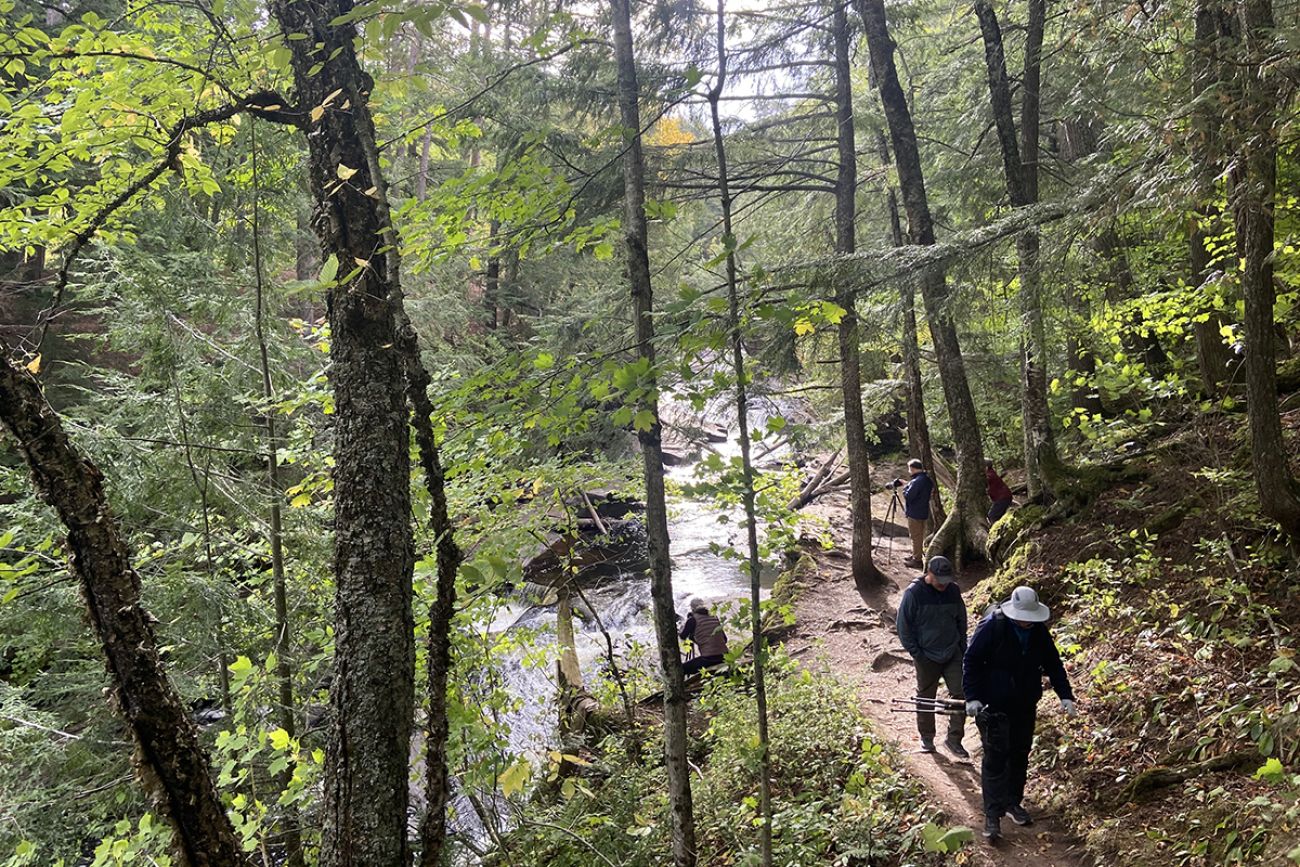
Fittante, of InvestUP, counters that argument with polling showing strong support for mining in the region. While tourism is important to the UP, he said, seasonal work can’t sustain communities.
He cited Marquette County, home to some of the UP’s most popular outdoor destinations and two mines that employ about 1,400 people, as evidence that tourism and mining “can and do coexist and prosper.”
The potential for new mines also concern government officials at the Keweenaw Bay Indian Community, a tribe whose reservation extends above some of the Talon Metals mineral rights.
The entire western UP is subject to treaties in which Anishinaabe tribes relinquished land title but reserved rights to hunt, fish, gather and otherwise use the land.
Mining companies have a history of violating treaties by harming the ecosystems that support fish and wildlife populations, tribal officials say. The Keweenaw Bay Indian Community has spent decades trying to clean up century-old mining waste that pollutes its reservation and smothers fishing grounds. A solution will cost billions.
“We’re not against mining,” said Theodore “Austin” Ayres, a member of the tribe’s elected council. “We’re against mining that pollutes.”
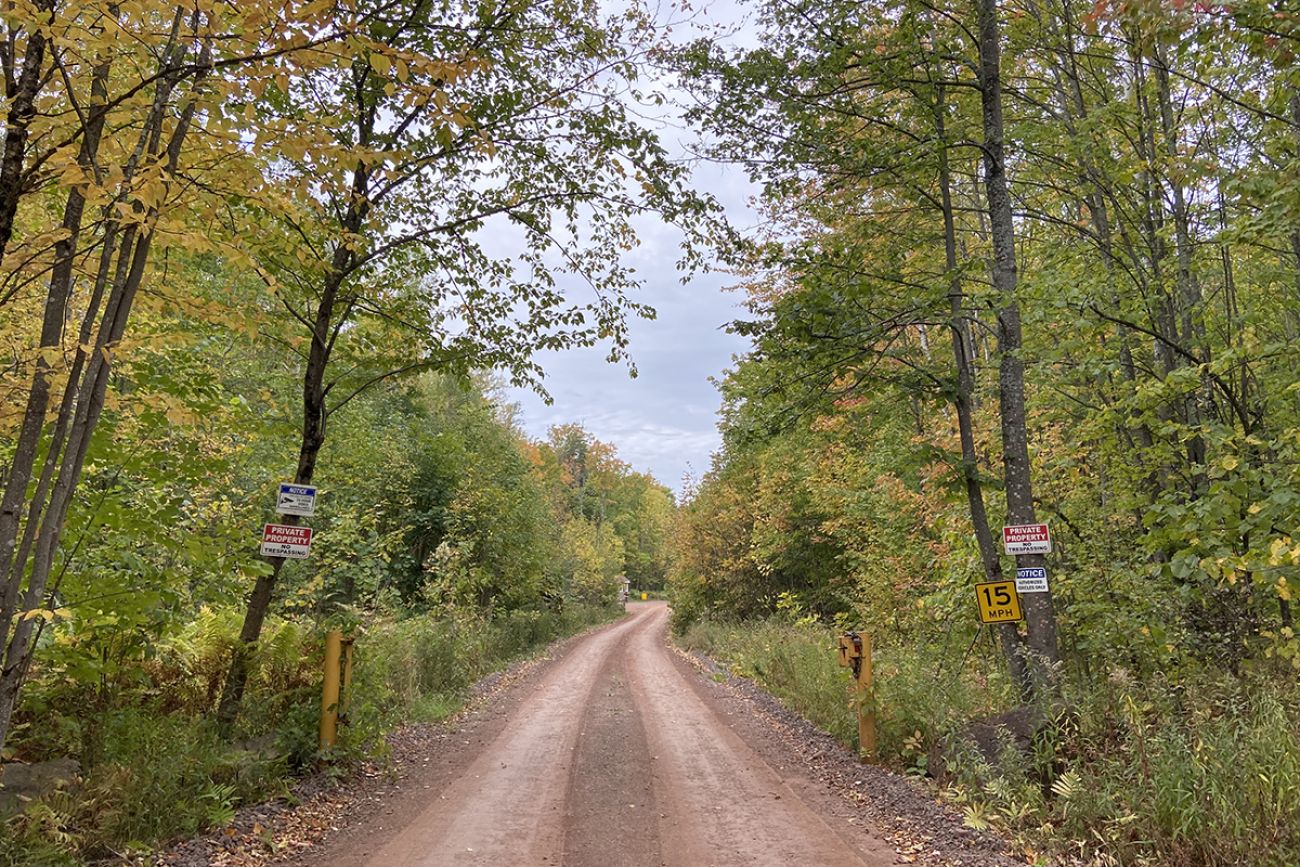

The mining companies doing business in today’s UP point out that the industry’s past environmental sins would never be repeated today. Technology has evolved, and anti-pollution regulations are stronger. Mining companies must hold bonds to cover cleanup costs after closure.
Eagle Mine, which has operated west of Marquette since 2014, is often cited as an example of the right way to do things.
After the Keweenaw Bay Indian Community fought unsuccessfully to prevent the mine’s opening, it joined an agreement that allows the tribe and community groups to independently monitor environmental impacts from the mine. The data has so far revealed no major violations.
Talon officials say they hope to be equally compliant, while doing more to respect tribal rights and ensure metals taken from the UP remain in the domestic supply chain. In Minnesota, a proposed Talon mine would produce nickel for Texas-based automaker Tesla.
“We absolutely would intend for anything we find in Michigan to supply the US battery supply chain,” said Todd Malan, the company’s chief external affairs officer.
It’s not yet clear where copper from the proposed Highland Copper mines would end up, but company officials have hinted at US automakers like GM and Ford.
They did not grant Bridge Michigan an interview for this story.
The industry vows do little to reassure Ayres. Whether the metal ends up in Teslas made in Nevada or appliances made in China, he notes, the benefits to the tribe are questionable.
“This will be the second time we're exploited for electrification of the United States,” he said, referring to UP mining that supplied copper wire for the nation’s early electrical grid.
For now, the potential benefits and consequences of new mining are all theoretical. Highland Copper needs more funding to develop its Copperwood mine. And prospectors like Talon may not strike paydirt.
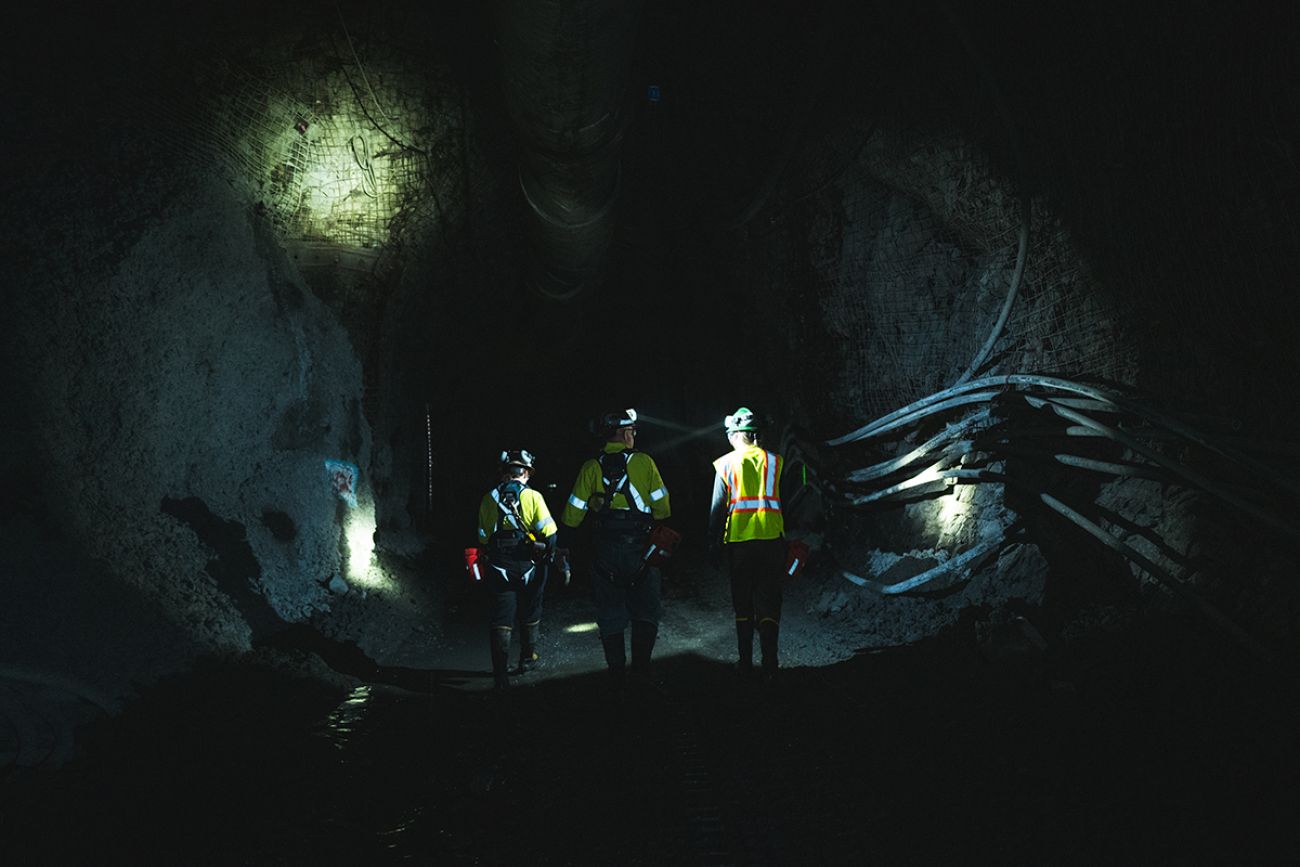
If they do, it could take years to secure funding and permits to dig a mine. By then, the Eagle Mine may be closed, leaving hundreds of UP workers looking for a new opportunity.
In other words, little net jobs gain. But avoided net loss.
“What a gift to have another mine that they could go to,” said Darby Stacey, the Eagle Mine’s managing director.
Michigan Environment Watch
Michigan Environment Watch examines how public policy, industry, and other factors interact with the state’s trove of natural resources.
- See full coverage
- Subscribe
- Share tips and questions with Bridge environment reporter Kelly House
Michigan Environment Watch is made possible by generous financial support from:
Our generous Environment Watch underwriters encourage Bridge Michigan readers to also support civic journalism by becoming Bridge members. Please consider joining today.
See what new members are saying about why they donated to Bridge Michigan:
- “In order for this information to be accurate and unbiased it must be underwritten by its readers, not by special interests.” - Larry S.
- “Not many other media sources report on the topics Bridge does.” - Susan B.
- “Your journalism is outstanding and rare these days.” - Mark S.
If you want to ensure the future of nonpartisan, nonprofit Michigan journalism, please become a member today. You, too, will be asked why you donated and maybe we'll feature your quote next time!






